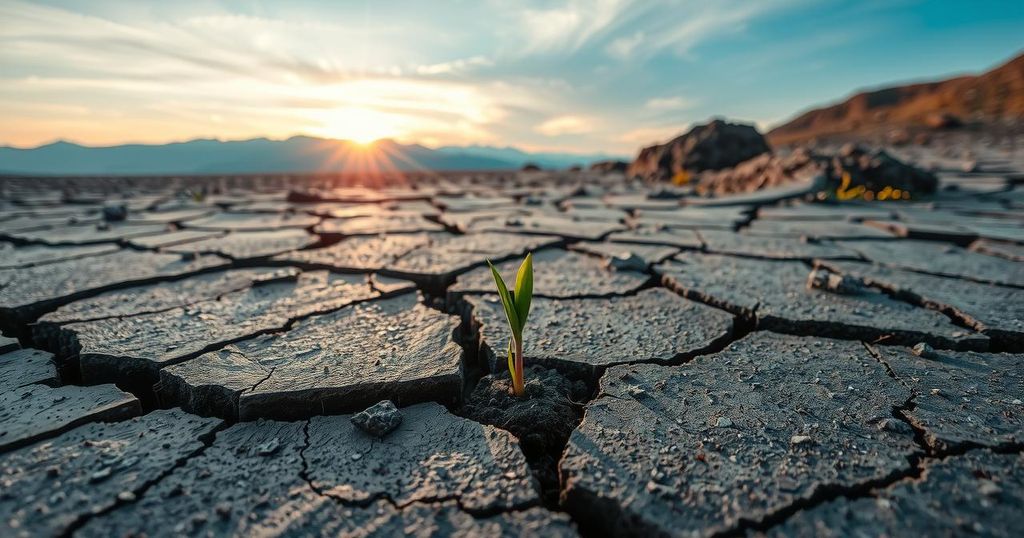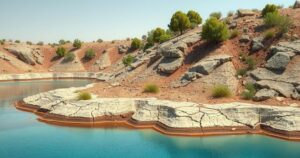Study Disproves Nuclear Test Claims Linked to Iran Earthquake

A new study confirms a 4.5 magnitude earthquake in Iran on October 5, 2024, was not triggered by a nuclear test as wrongly claimed on social media. The research, published in Seismica, analyzed seismic data and identified the event as a natural occurrence, due to tectonic activity in a seismic zone, highlighting the dangers of misinformation in times of geopolitical tensions.
Recent research has dispelled claims that a significant earthquake in Iran was induced by a nuclear test. The 4.5 magnitude quake, which occurred on October 5, 2024, was widely suggested on social media and by some news outlets to be a covert test by Iran amidst rising geopolitical tensions. However, a study published in the journal Seismica clarified that the earthquake was due to natural tectonic activity in a seismically active region of the country.
The research team, led by Dr. Benjamin Fernando from Johns Hopkins University, analyzed seismic signals and found evidence of natural activity aligned with regional geological forces. Dr. Fernando noted, “There was a concerted misinformation and disinformation campaign around this event that promoted the idea this was a nuclear test.” This underscores the necessity for accurate scientific communication during international conflicts.
The earthquake occurred approximately 30 miles southwest of Semnan, a city known for its seismic activity. By studying the seismic data from various monitoring stations, researchers identified the quake’s origin along a sloping fault linked to the tectonic collision between the Arabian and Eurasian plates. The team’s findings were substantiated by historical seismic data showing similar natural events.
Despite the factual clarification, misrepresentations of the earthquake as a nuclear test proliferated on social media within minutes of the incident. Initial misunderstandings escalated misinformation, with the first nuclear test claim appearing just 27 minutes after the quake. The researchers noted that many narratives cited data from another unrelated seismic event in Armenia.
Among the misinformation catalysts was a widely shared post from an account associated with Russian-backed disinformation campaigns. The narrative swiftly transitioned from social media to mainstream news coverage, with significant reporting from various global outlets, particularly within Indian media.
To combat misinformation, the authors of the study advocate for enhanced collaboration among seismologists for the rapid dissemination of accurate information. Dr. Saman Karimi, co-author of the study, proposed that scientific organizations could issue prompt reports to counteract misinformation effectively. Such actions could foster a partnership between social media platforms and credible scientific agencies.
Understanding the geological and geopolitical context surrounding seismic events is paramount. In regions under geopolitical strain, any significant natural event can be quickly misattributed to human actions, particularly in politically sensitive areas such as Iran. The public’s perception can often be skewed by misinformation rapidly disseminated through social media, necessitating a clear and rapid scientific response to uphold factual integrity.
In conclusion, the study confirms that the October 2024 earthquake in Iran was purely a natural event, unrelated to nuclear activities. It highlights the critical role of accurate scientific communication to combat misinformation in volatile geopolitical environments. The research team’s recommendations for faster engagement among experts and media organizations could significantly improve the public’s understanding of such events. This emphasizes the importance of collaboration between scientific institutions and social media platforms to mitigate misinformation effectively.
Original Source: www.redwoodnews.tv






